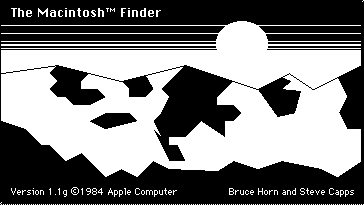![]()
Silicon Valley exploded in every way possible following World War II, well before it was known as Silicon Valley. The population boomed, houses were thrown up, and roads slithered out from the peninsula’s main drag, the El Camino Real. But as the strip malls started to take over, locals set about preserving much of the open space that remained.
Throughout the Bay Area, over 1,500 square miles have been protected from development. Some sprawl advocates such as Robert Bruegmann have suggested the sheer volume of protected land within the Bay Area has forced suburbs far into California’s Central Valley, and that the land closer to the city centers would be better used for housing. Silicon Valley itself holds a not-insignificant 181 square miles of the Bay Area’s protected land. Detractors claim the open space has hemmed in development too much, forcing additional housing elsewhere, increasing commute times, and reducing the amount of affordable housing in the Valley.
Such criticism can be difficult to deflect without ripping up woodlands and grasslands, so a group of geographers set about asking “what if” the protected land in Silicon Valley were open to development. They created a series of maps to predict where and how much development would take place by analyzing six characteristics—slope of the terrain, presence of wetlands, distance to streams, distance to railroads, and distance to historical urban centers—that would help them determine the number of additional houses each piece of land could support.
In total, they found that 51,000 additional housing units could be added in Silicon Valley if all the parks, protected watersheds, and protected wetlands were be converted to housing. For reference, the region has 790,000 units currently. Crucially, the study’s authors estimate only around 3,400 units would be on lots small enough to be considered affordable by Bay Area standards.
Topography is the main reason few affordable units would be added to the area’s housing stock. Much of the protected area in Silicon Valley is high in the hills and on steep slopes. Due to concerns over wildfires and mudslides, housing density in these areas is restricted. Existing houses built on unprotected wetlands have also been spaced far apart. Since the Valley’s large protected tracts are either up in the hills or down in the wetlands, there is little room for additional high density (and affordable) development. Over 20,000 of the additional units, they estimate, would be single family homes on large lots, around 1.6 acres each. Real estate of that size in the Bay Area is not cheap, even by Bay Area standards. Single family homes on one acre or larger lots in San Jose list for $1.5 million.
Six and a half percent more housing units might make a bit of difference in cramped Silicon Valley, but it would also do away with the open space that makes the area both livable and attractive to many. Plus, much of the gains in affordable housing would come at the expense of parks within city limits, many of which were created give residents of the surrounding high density housing a bit of fresh air and greenery. Sounds like it was a pretty good trade-off to me. Having worked with many high school students from such neighborhoods, I know many of them never made it to the Bay Area’s large regional parks. But they did spend many hours at their local neighborhood parks.
Source:
Denning, C., Mcdonald, R., & Christensen, J. (2010). Did land protection in Silicon Valley reduce the housing stock? Biological Conservation, 143 (5), 1087-1093 DOI: 10.1016/j.biocon.2010.01.025
Photo by calwhiz.
